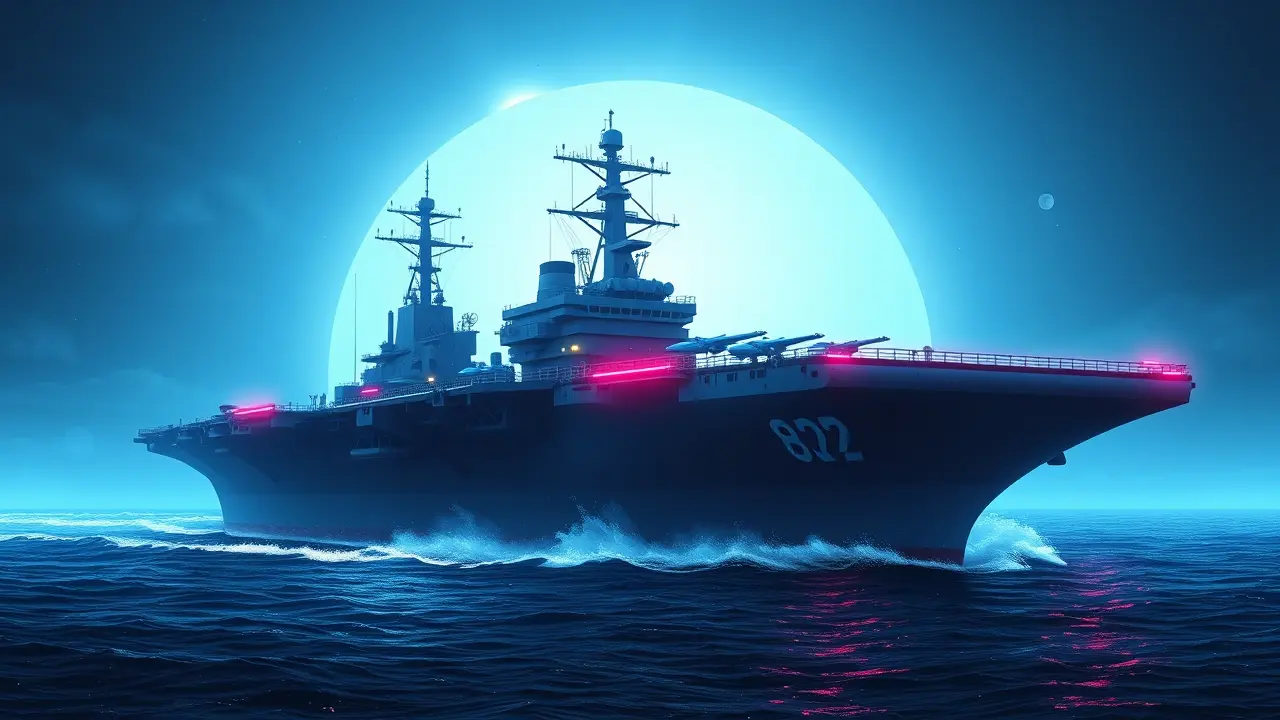
Politicsconflict & defenseMilitary Operations
China's Fujian Carrier Advances Toward Rapid Combat Readiness.
RO
Robert Hayes
6 hours ago7 min read1 comments
The commissioning of China's third aircraft carrier, the Fujian, in Sanya, Hainan province this past Wednesday marks a pivotal moment in naval geopolitics, not merely as an incremental advance but as a qualitative leap signaling Beijing's matured capacity for rapid power projection. Unlike its predecessors, the Liaoning and Shandong, which served as foundational training platforms, the Fujian is expected to achieve combat readiness on a significantly accelerated timeline, a development that state media has framed as evidence of China's burgeoning capability to produce carriers for regular, sustained deployment on the high seas.This vessel, the nation's most advanced and the first to incorporate domestically developed electromagnetic catapults—a technology that until recently was the exclusive domain of the United States' Gerald R. Ford class—fundamentally alters the tactical calculus of carrier operations by enabling the launch of heavier, more fully armed aircraft at a much higher sortie rate.The implicit confirmation that China now possesses the technological foundation to build nuclear-powered carriers, as reported, suggests a future where the People's Liberation Army Navy (PLAN) could field a global, persistent carrier strike group capability, a prospect that evokes historical parallels to the naval arms races of the early 20th century. Analysts observing the strategic landscape note that the Fujian's rapid path to operational status is a function of lessons hard-won from operating the earlier carriers, creating a virtuous cycle of institutional knowledge and industrial efficiency.This advancement must be contextualized within China's broader 'Two-Ocean Strategy,' which aims to secure dominance not only in the near seas of the Western Pacific but also to project power deep into the Indian Ocean, thereby challenging the post-war maritime hegemony long held by the United States. The deployment of such a carrier group, potentially in the contested waters of the South China Sea or near Taiwan, would represent a formidable instrument of both military and diplomatic coercion, altering the balance of power in a manner reminiscent of the introduction of the Dreadnought in 1906.While official statements emphasize defensive postures and the protection of sea lines of communication, the strategic implications are inherently offensive, granting Beijing the ability to sustain air operations far from its shores and to complicate the operational planning of potential adversaries. The question now facing regional capitals and Washington is not if, but when and how frequently, the Fujian and its eventual successors will begin to patrol the world's critical chokepoints, heralding a new, more complex era of great power competition at sea where the rules of engagement and spheres of influence are being rewritten in real-time.
#China
#aircraft carrier
#Fujian
#combat readiness
#electromagnetic catapults
#naval power
#featured
Stay Informed. Act Smarter.
Get weekly highlights, major headlines, and expert insights — then put your knowledge to work in our live prediction markets.
© 2025 Outpoll Service LTD. All rights reserved.